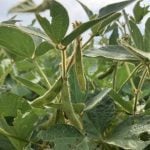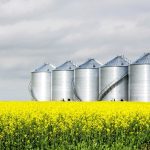Bayer CropScience Inc. announced on Oct. 3 it will purchase the HyTech canola treating and packaging plant near Coaldale, Alta. with the sale to be made final on Nov. 1.



Aside from initial research and development to create a variety, a lot of detail goes into the annual production of hybrid seed



If any good herbicide options are off the table, canola will compete well against soybeans



Trends in the Prairies’ climate should generally be net good for canola crops, even as pest pressures here adjust accordingly

Gene editing, artificial intelligence bring new efficiencies to the process